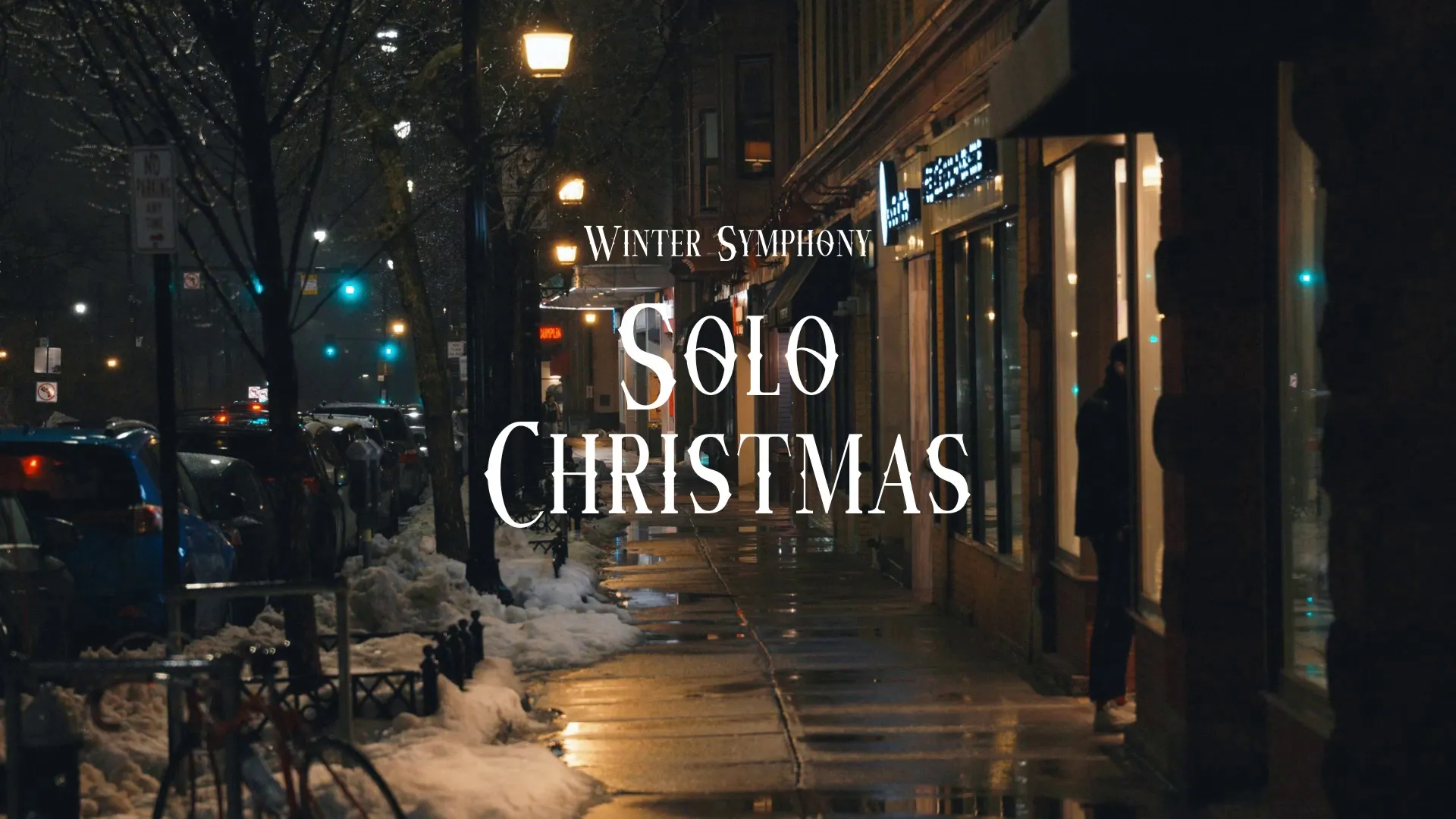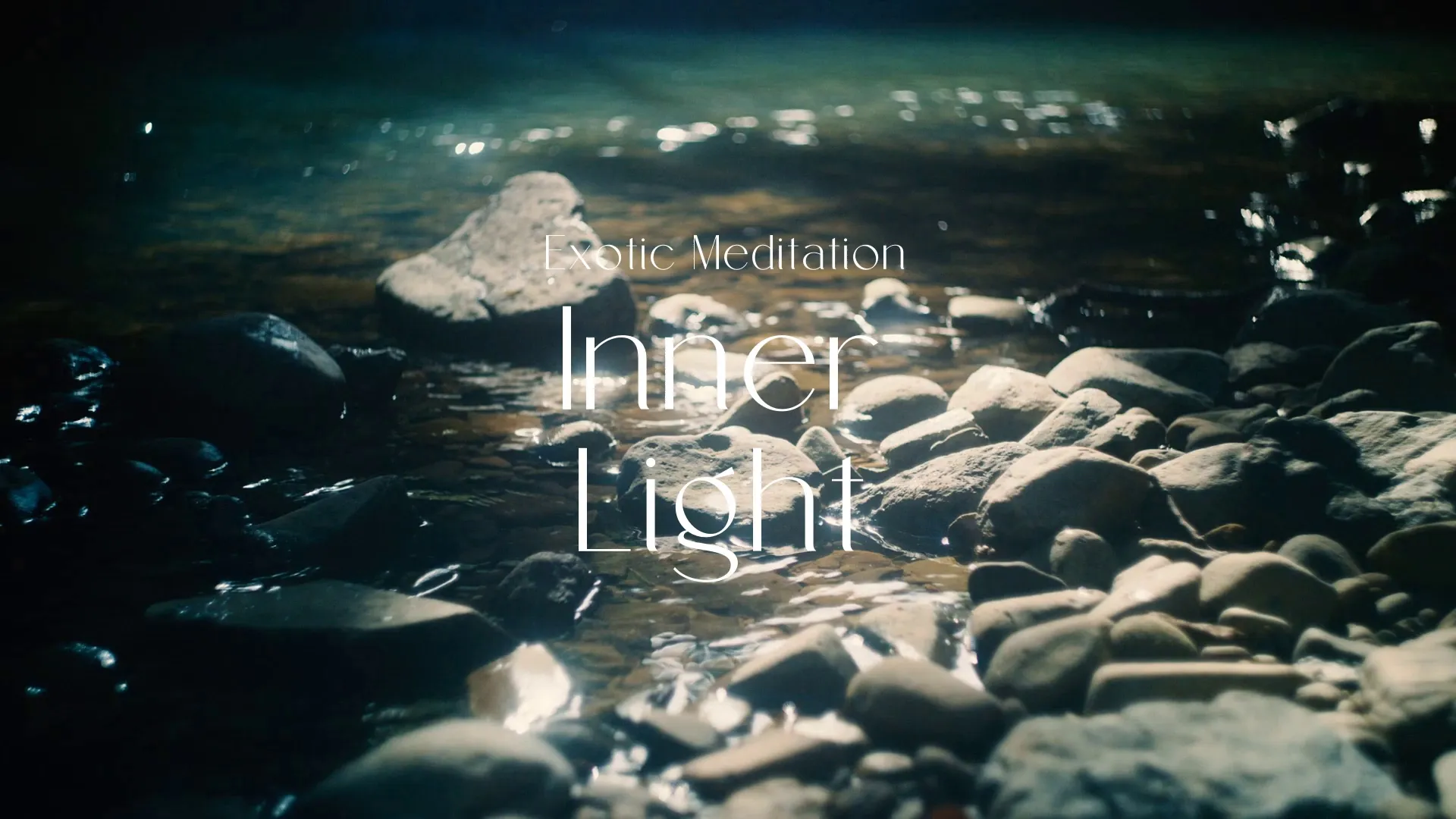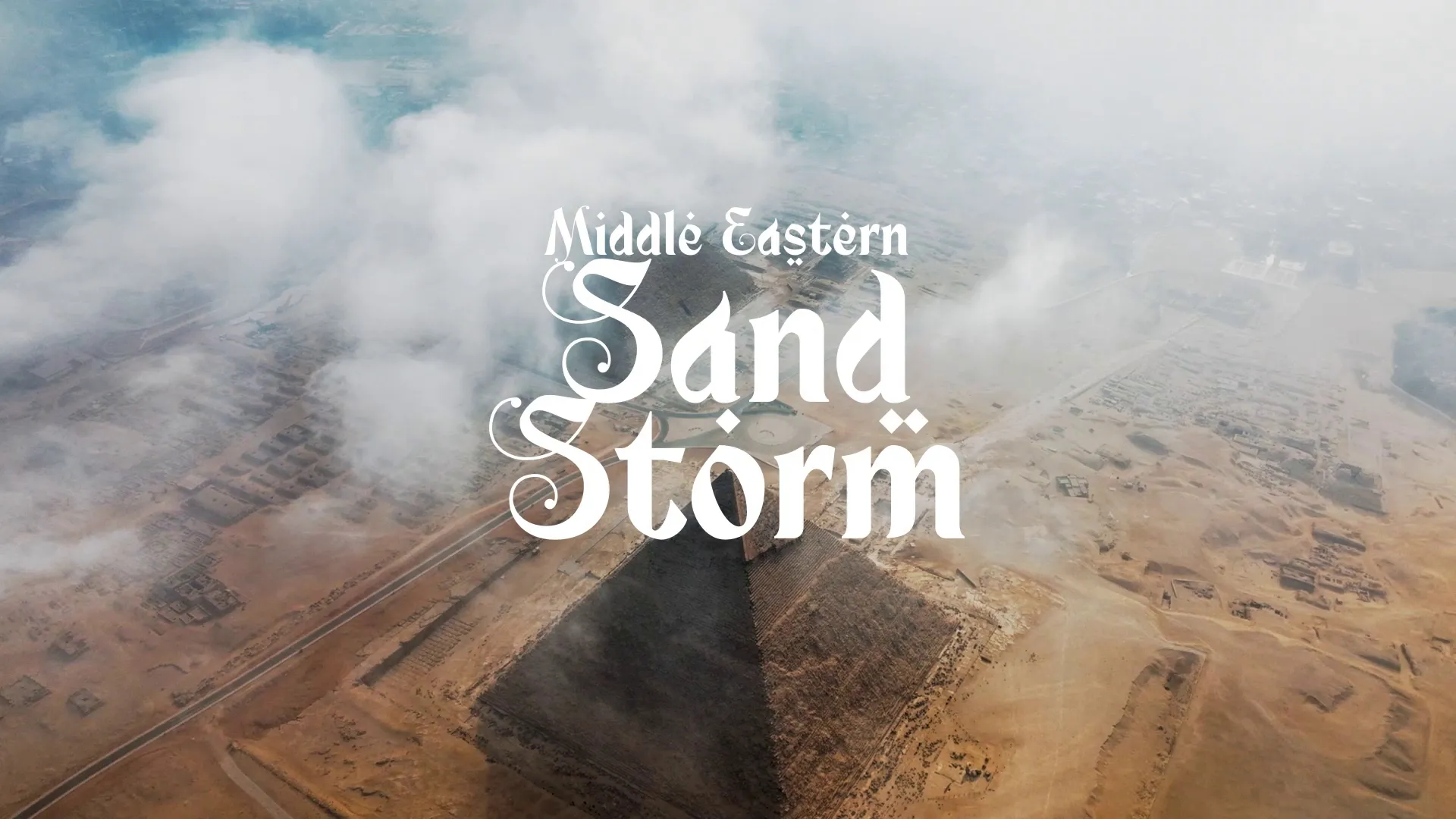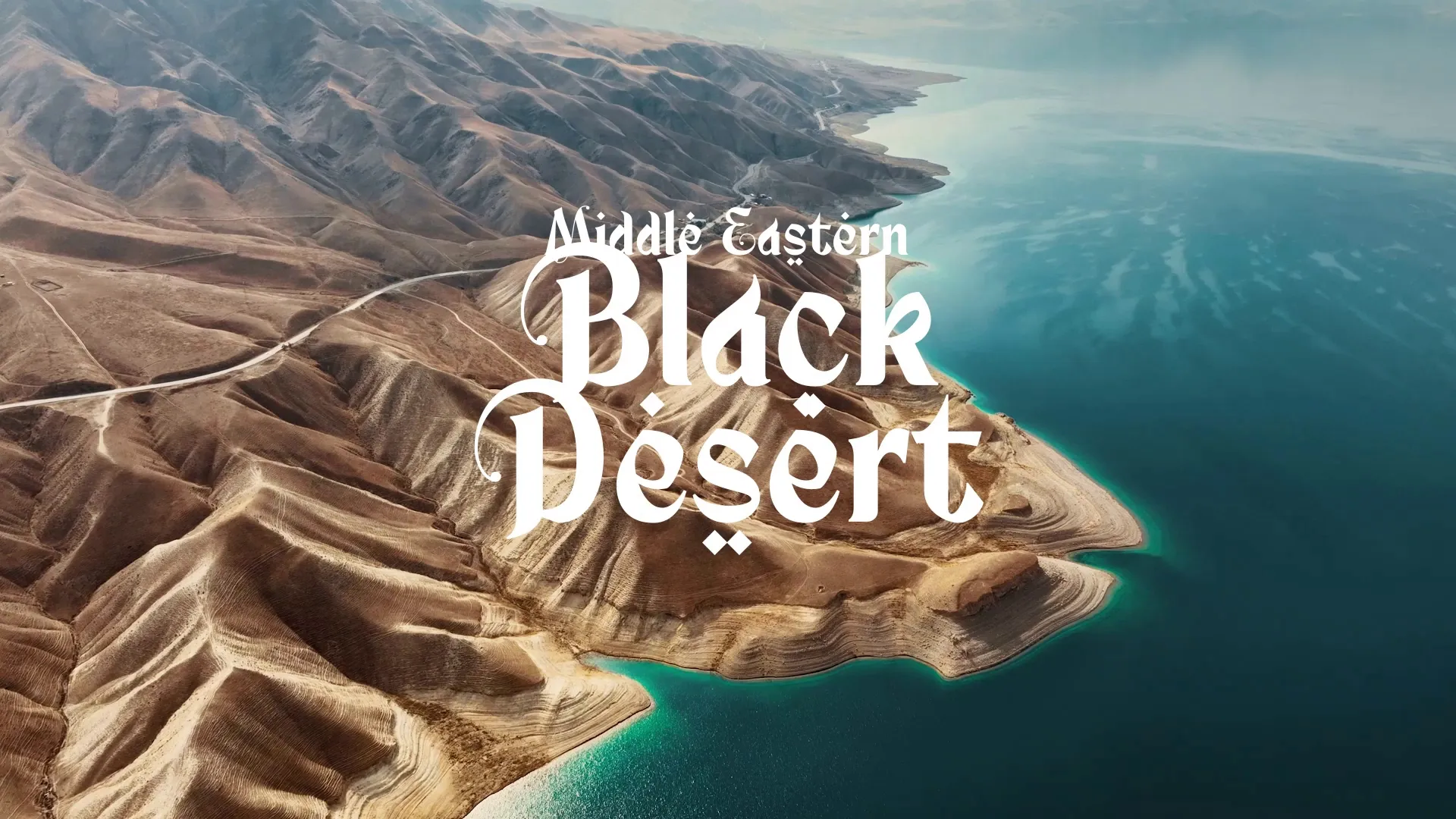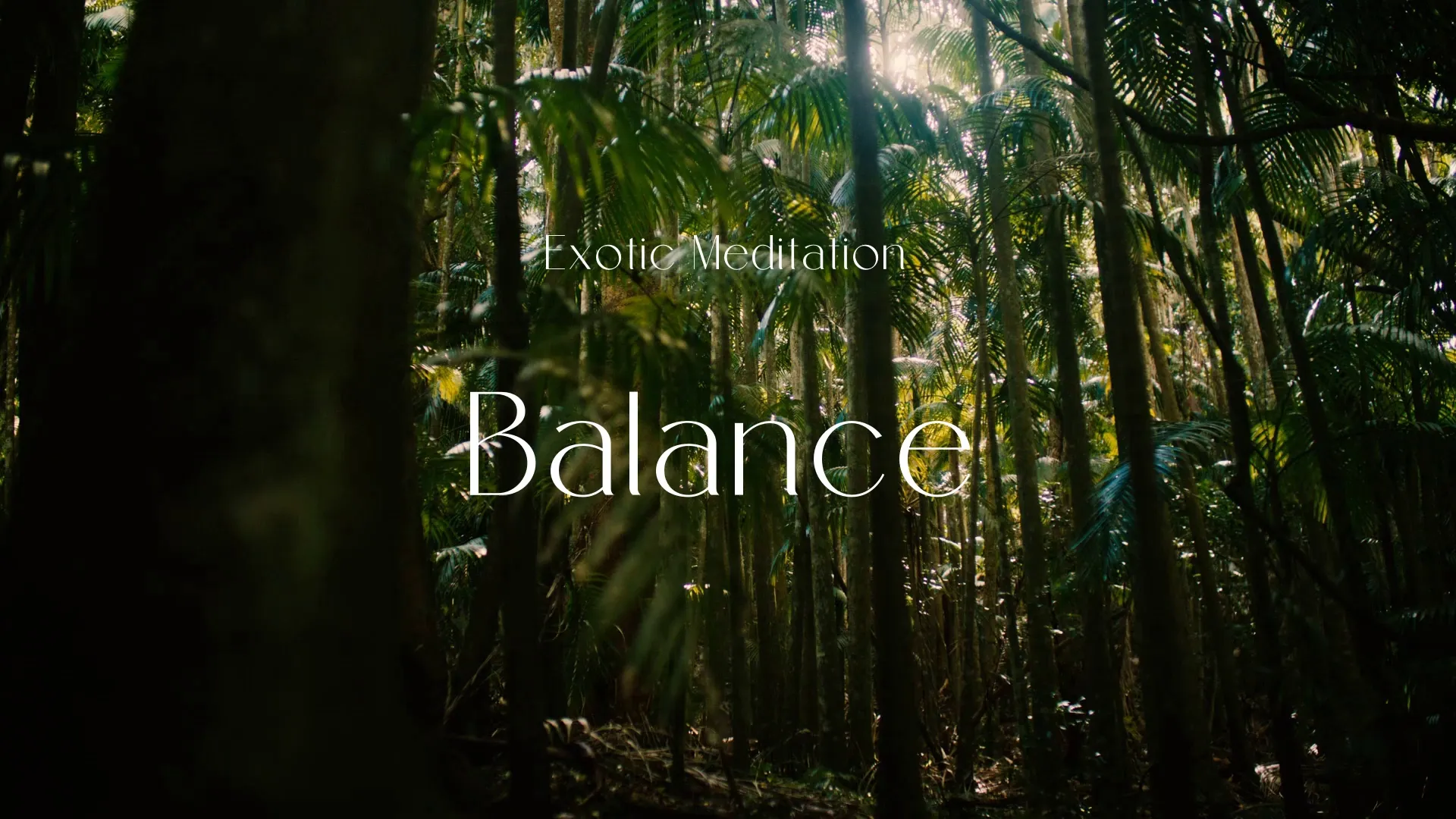The Cult of Good Enough: Art Direction in Indie Games
The ethereal glow of a monitor illuminates the face of a solitary developer. Late into the night, they wrestle with polygons and pixels, striving to birth a world from code. But amidst this digital genesis, a subtle danger lurks, a siren song promising expediency over artistry: the “Cult of Good Enough” in indie game art direction.
The Allure of "Good Enough": A Faustian Bargain?
The indie game landscape is a vibrant, chaotic ecosystem. Countless titles vie for attention, each a testament to the passion and ingenuity of its creators. Yet, too often, a critical element is sacrificed on the altar of budget and time: distinctive, high-quality art direction.
Many developers, particularly those working solo or in small teams, fall prey to the allure of “good enough.” It’s a pragmatic decision, seemingly justified by the constraints of limited resources. Why spend weeks perfecting a character model when a passable one can be created in days?
This rationale, however, is a Faustian bargain. While expediency might provide short-term relief, it ultimately undermines the long-term potential of the game. A lack of visual polish and a generic art style can doom an otherwise brilliant game to obscurity.
The High Cost of Visual Blandness: Missed Opportunities
The art direction of a game is not merely cosmetic; it is a fundamental aspect of the player experience. It shapes the player’s first impression, evokes emotions, and creates a lasting memory. Games that prioritize speed over quality often fail to connect with their audience on a deeper level.
Consider the deluge of pixel-art games that flood the market. While pixel art can be aesthetically pleasing, its widespread adoption has led to a homogenization of visual styles. Without a distinctive artistic vision, these games become indistinguishable, lost in a sea of similar-looking titles.
Moreover, a mediocre art style can actively detract from the gameplay experience. Imagine a compelling narrative hampered by poorly designed characters or an engaging combat system undermined by uninspired environments. These visual deficiencies can create a sense of dissonance, diminishing the overall impact of the game.
Data from a 2022 study by the Entertainment Software Association revealed that “visual appeal” was cited as a primary factor in game purchasing decisions by 68% of respondents. This statistic underscores the critical role that art direction plays in a game’s commercial success.
Data-Driven Art: Metrics for Memorable Visuals
The investment in distinctive art is not merely an abstract aesthetic choice, but a strategic business decision. This can be informed by data and analytics. The goal is to create memorable visuals that resonate with players and lead to greater marketability.
One important metric is “visual complexity,” measured by the number of distinct elements within a given scene. Research suggests that moderately complex visuals are more engaging than either overly simplistic or excessively cluttered designs. Finding the optimal balance is key.
Another crucial factor is “color palette coherence.” Studies in color psychology have demonstrated that harmonious color combinations evoke positive emotions and enhance visual appeal. Analyzing the color palettes of successful games can provide valuable insights.
By tracking player engagement metrics such as time spent in specific areas of the game or frequency of screenshots taken, developers can gain a deeper understanding of which visual elements resonate most strongly with their audience. This data can inform future art direction decisions and optimize the game’s visual impact.
Case Study: “Hollow Knight” - Art as a Differentiator
“Hollow Knight,” developed by Team Cherry, serves as a compelling example of how exceptional art direction can elevate an indie game to critical and commercial acclaim. The game’s hand-drawn art style, characterized by its haunting beauty and intricate details, has become synonymous with the title itself.
Create a free account, or log in.
Gain access to free articles, game development tools, and game assets.
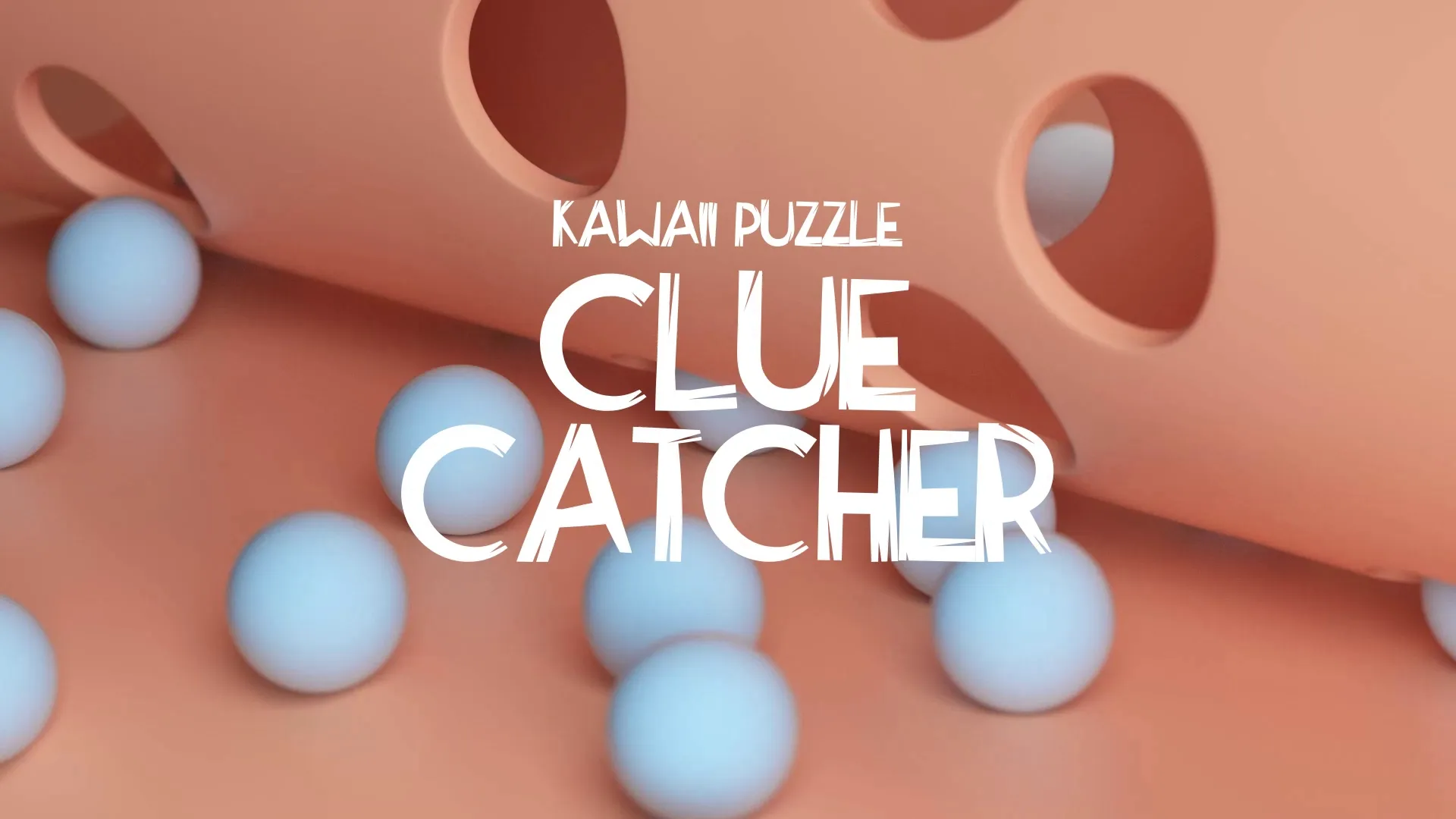
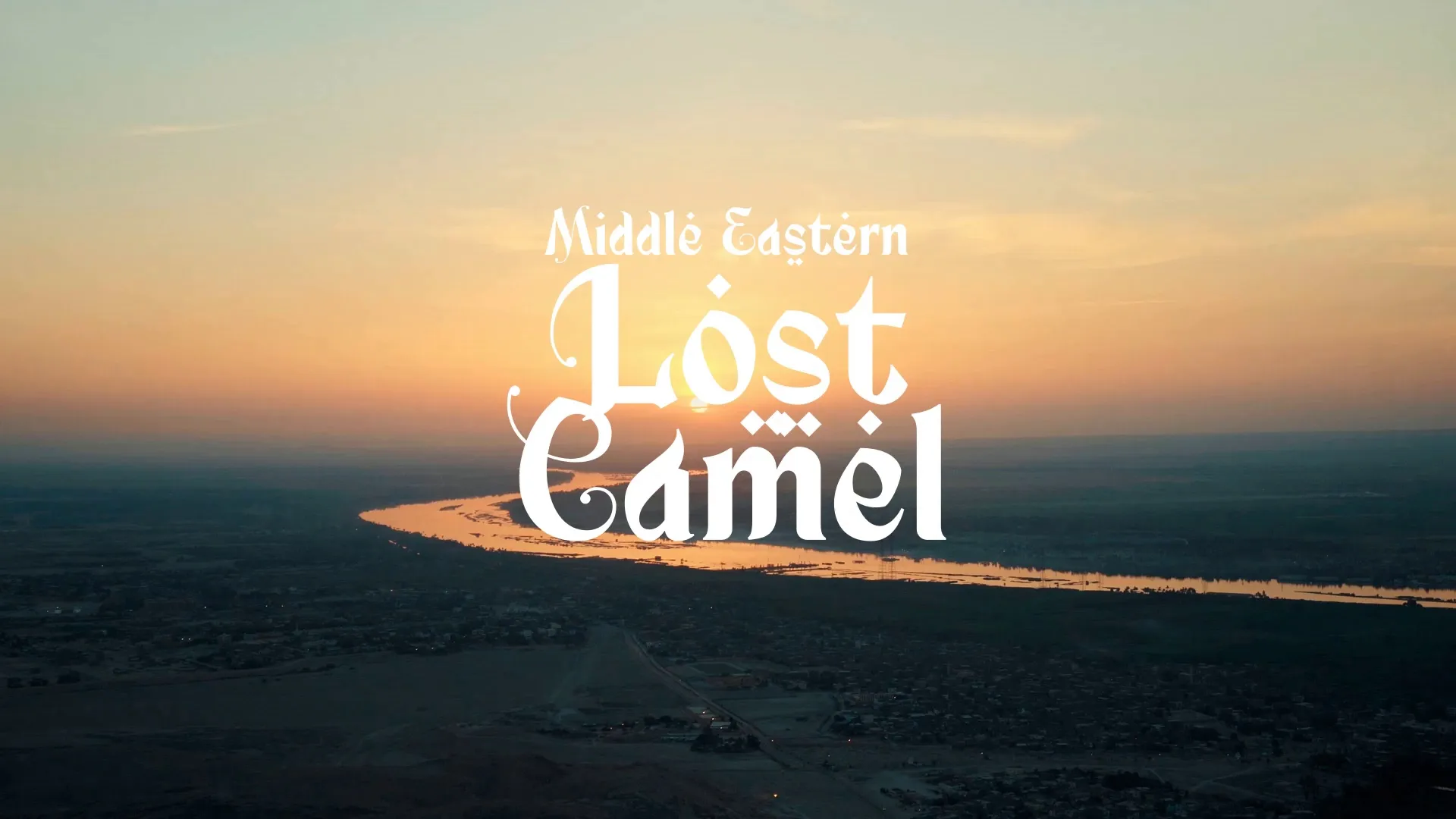
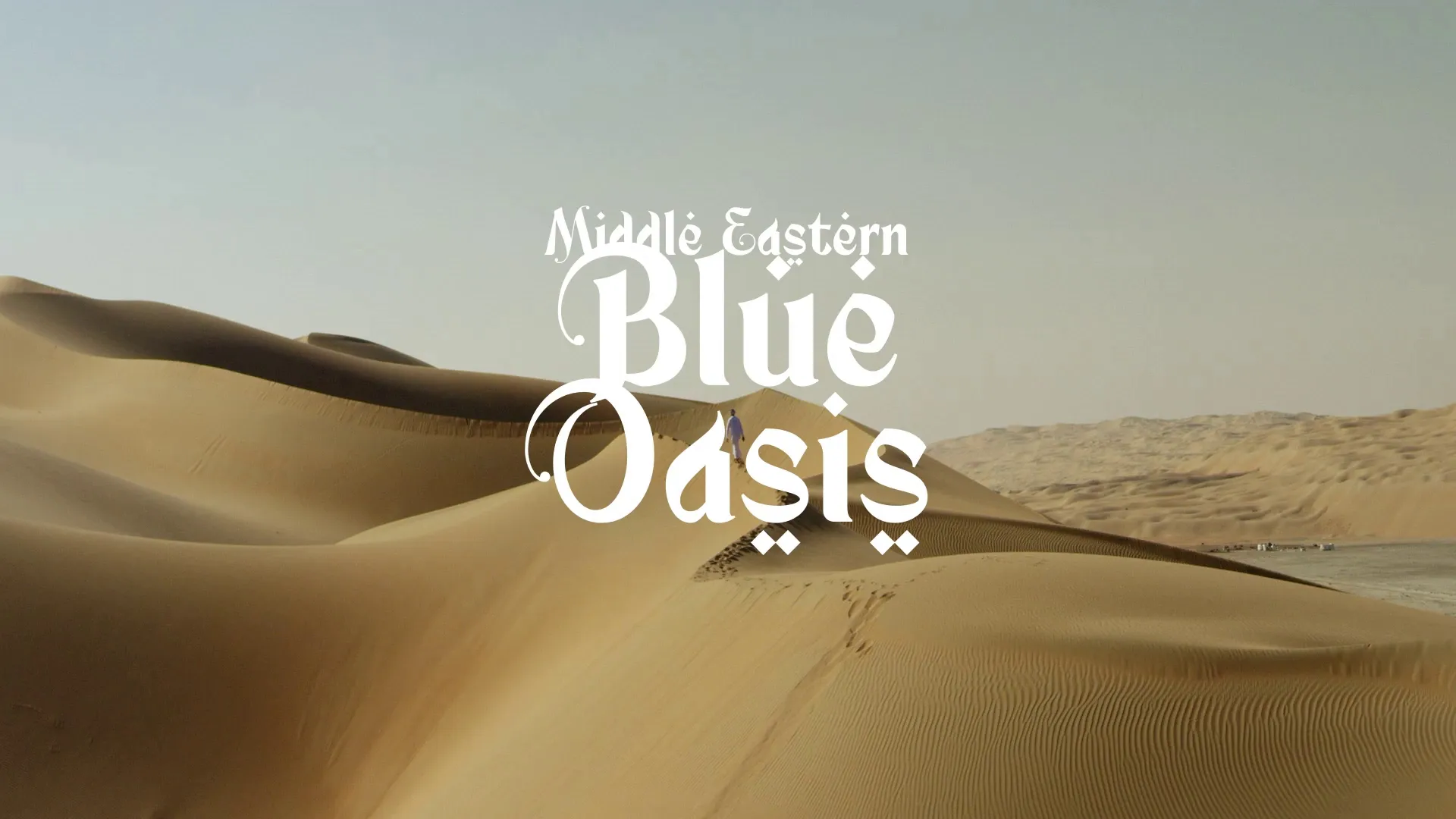
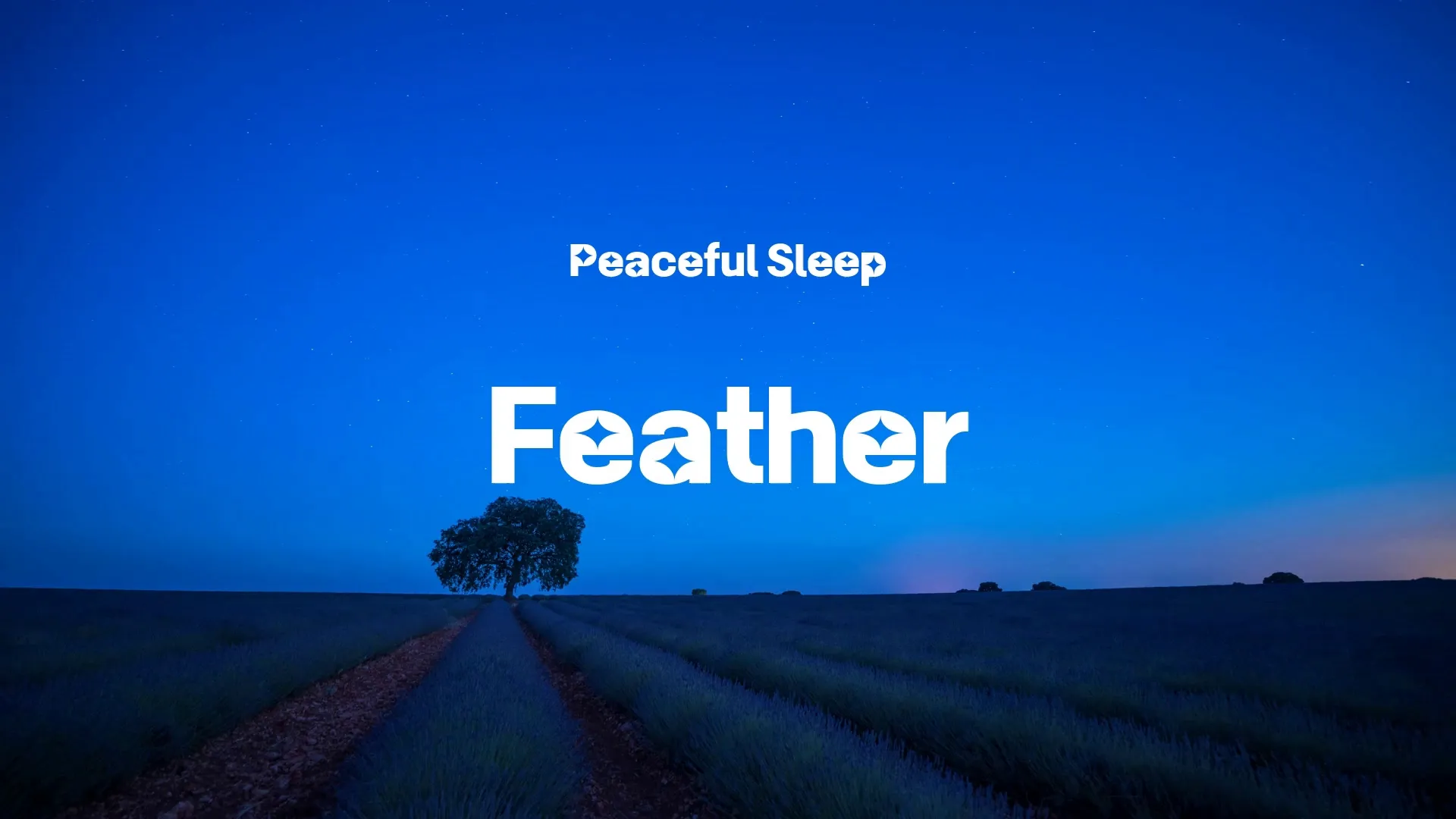
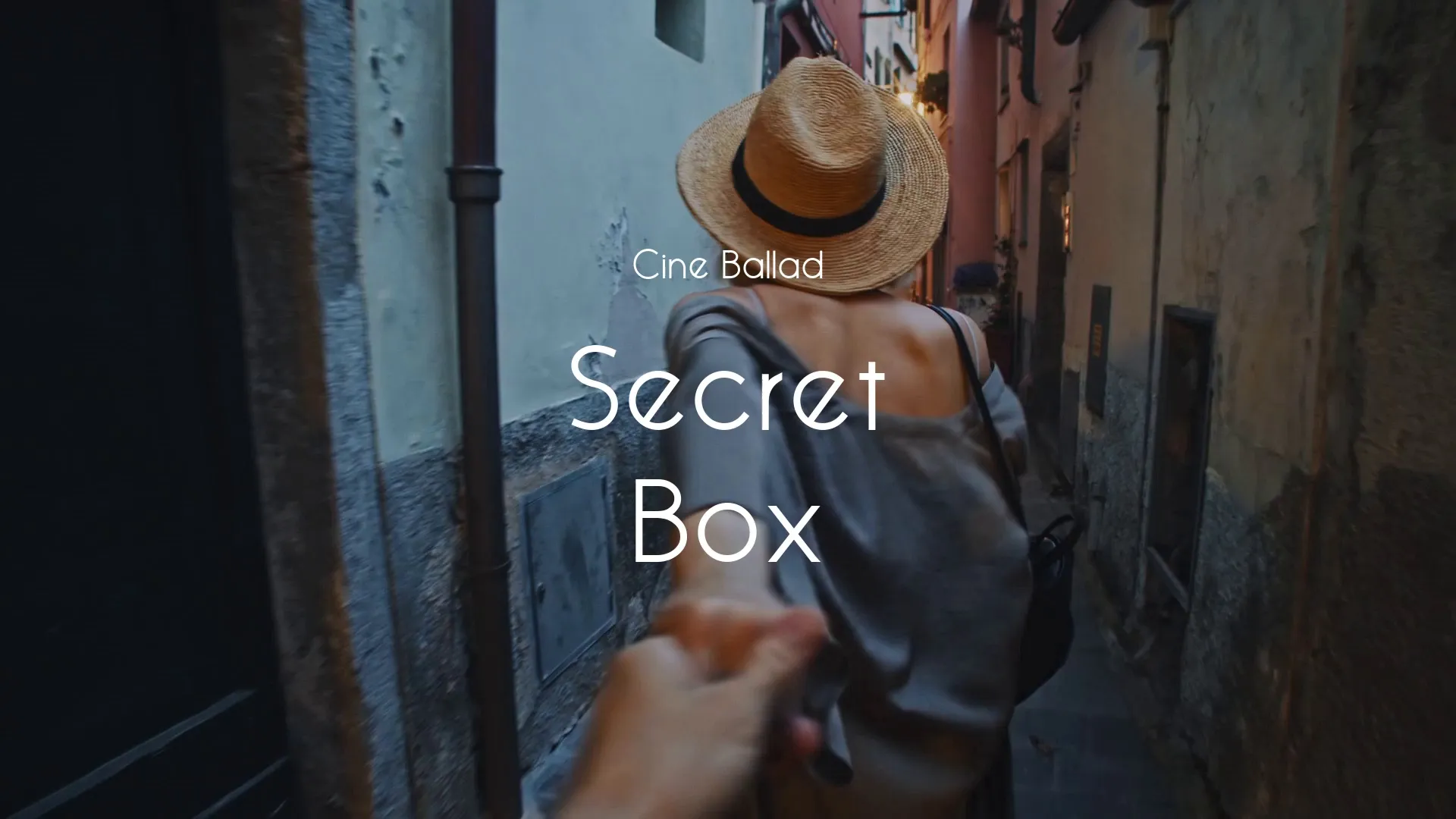
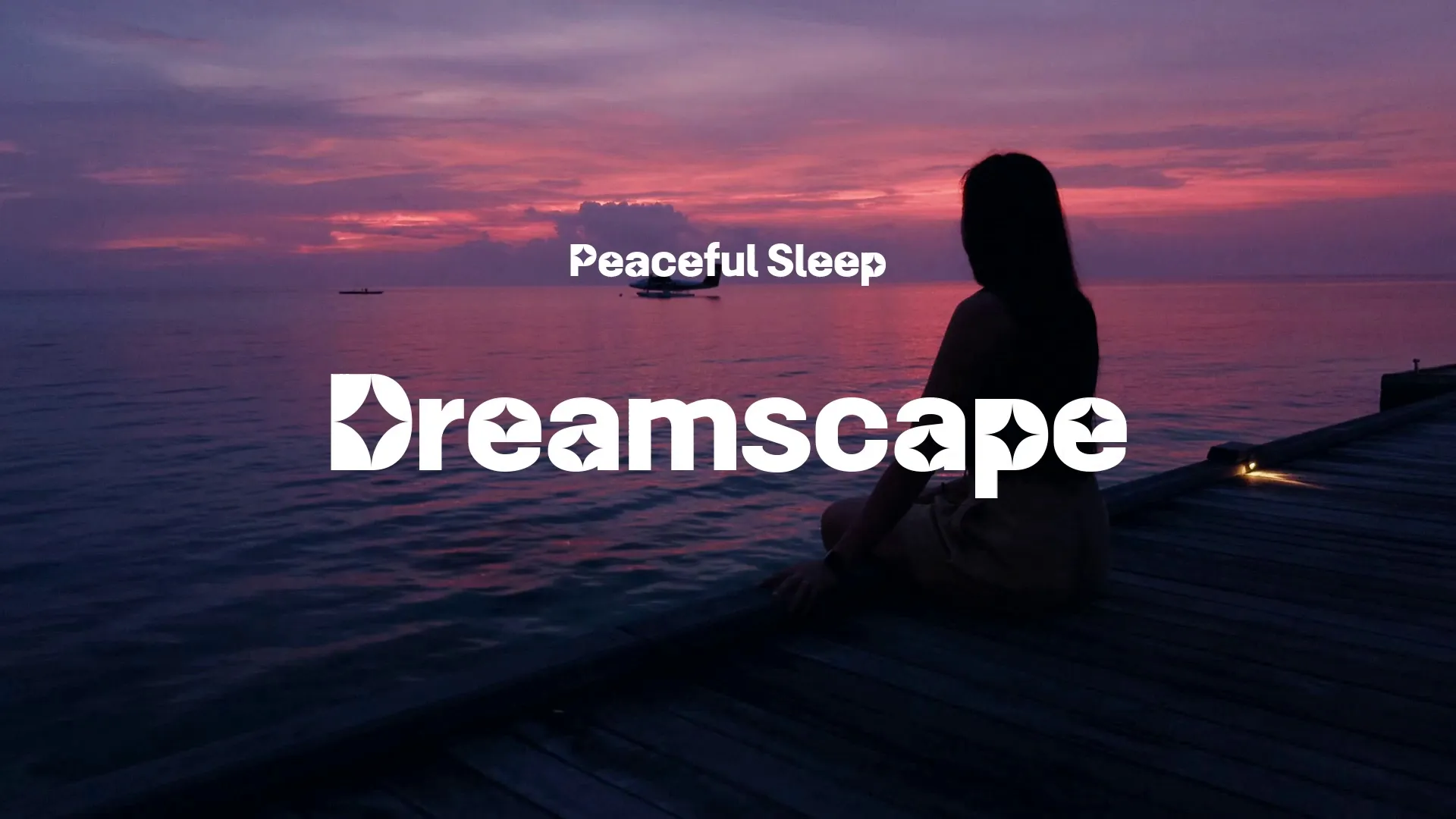
.webp)
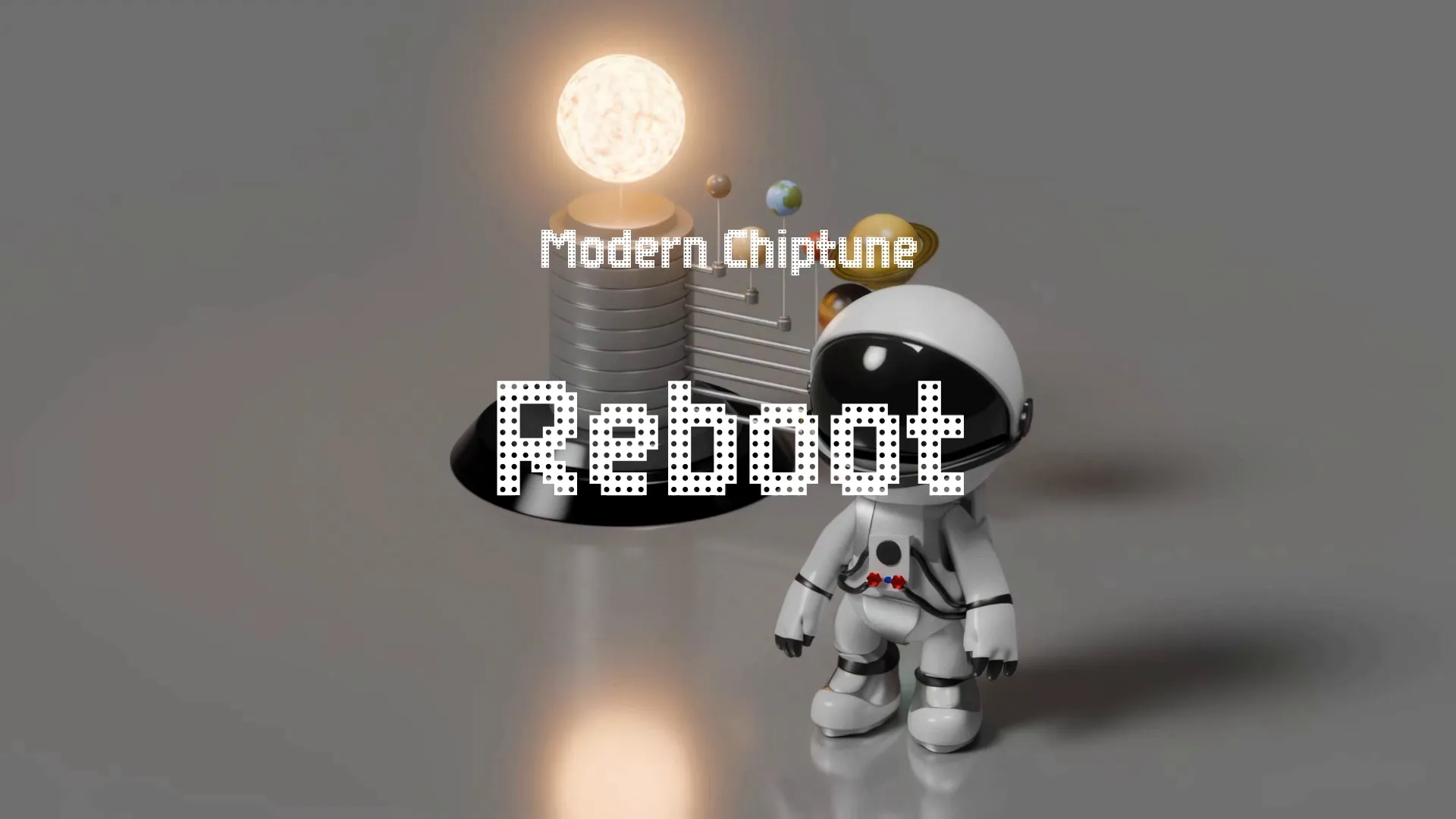
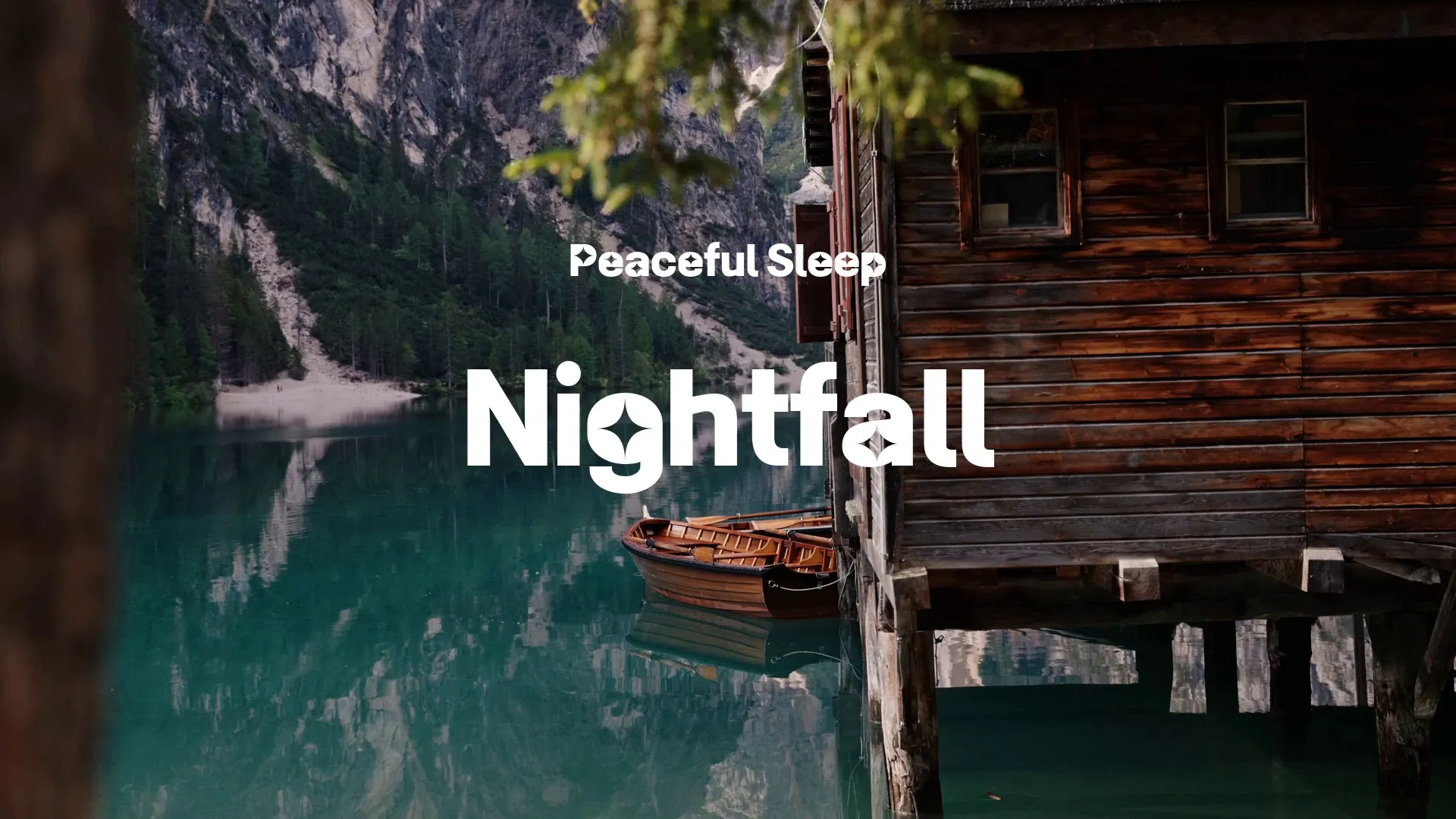
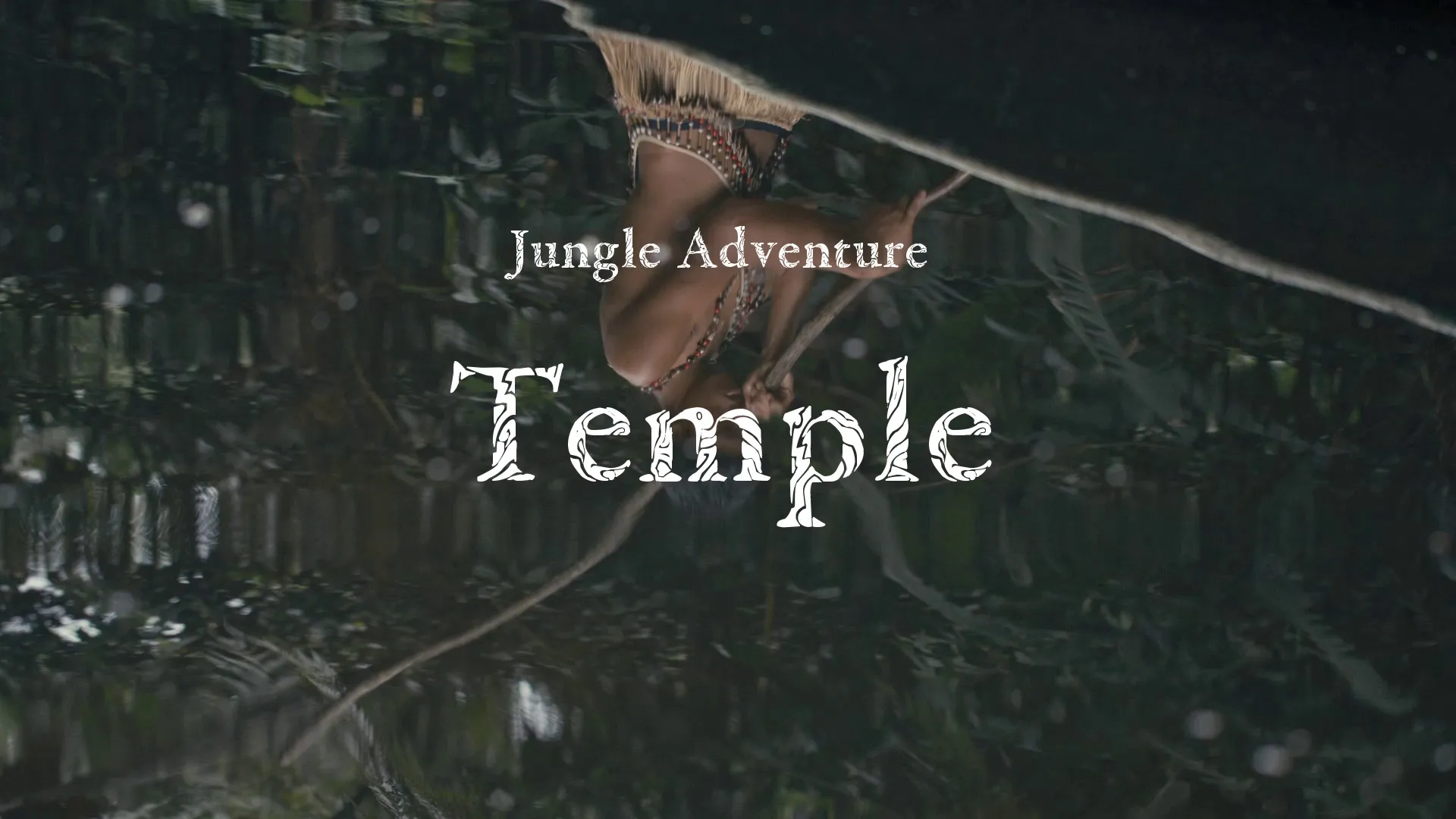
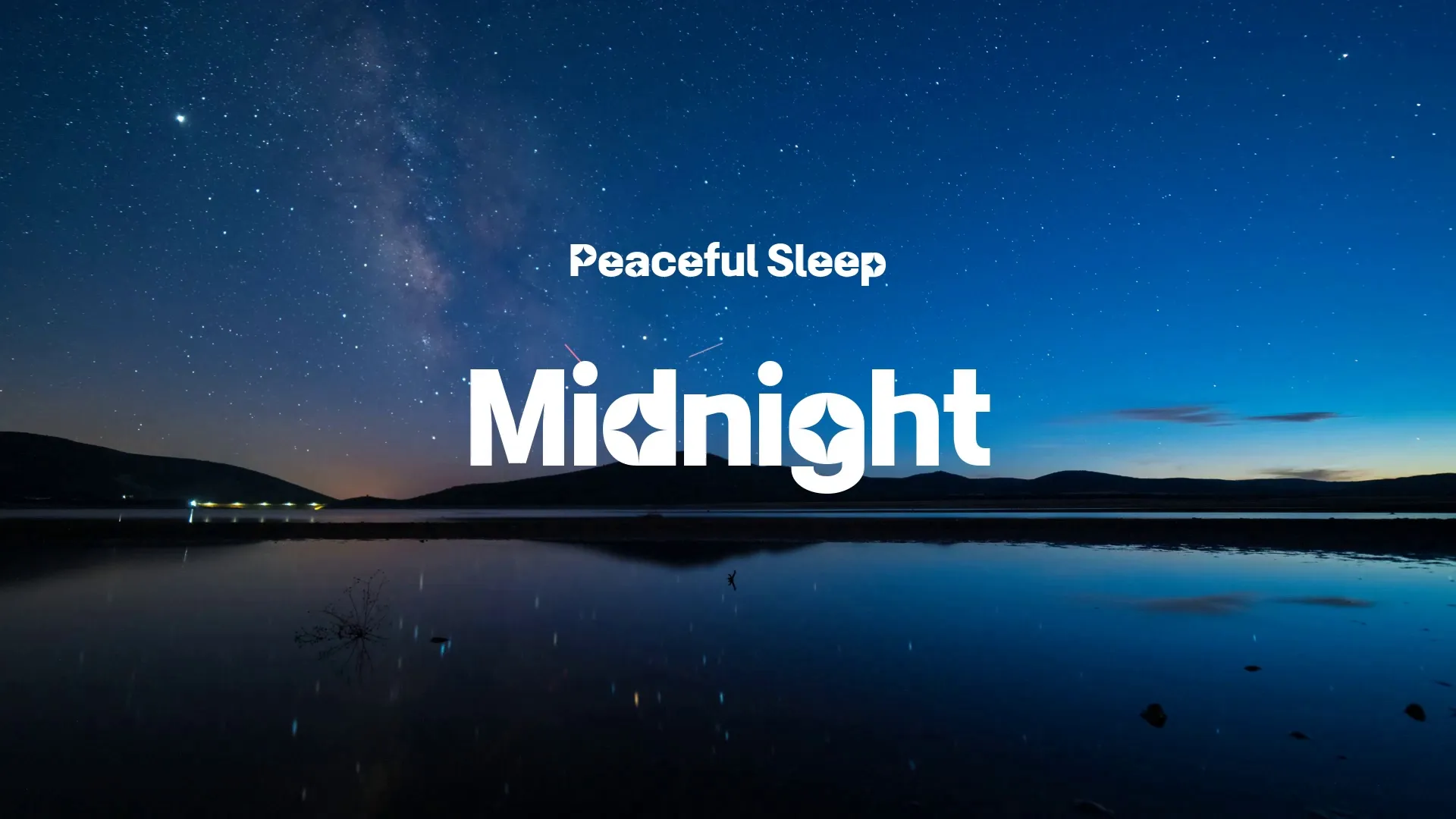
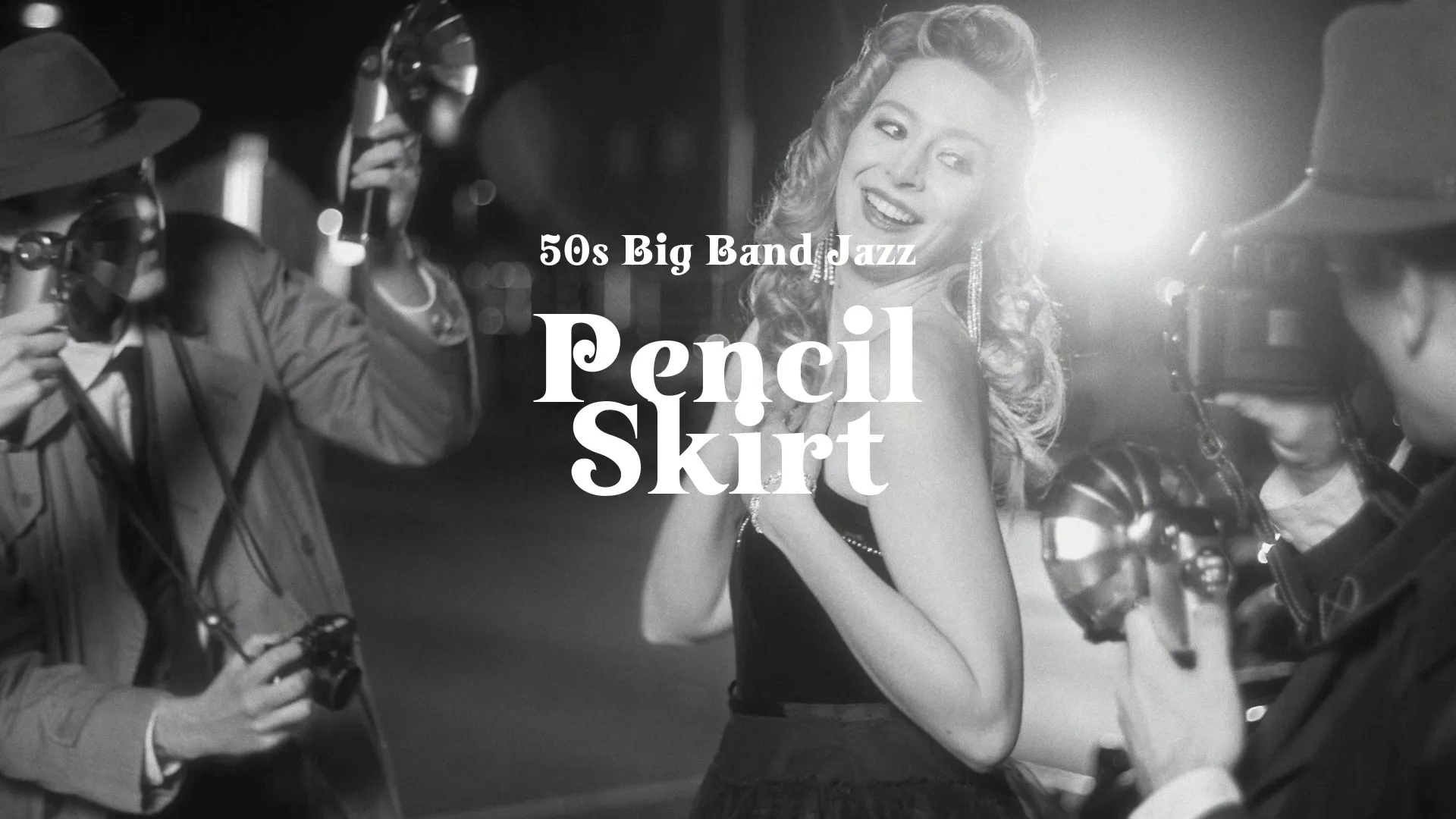

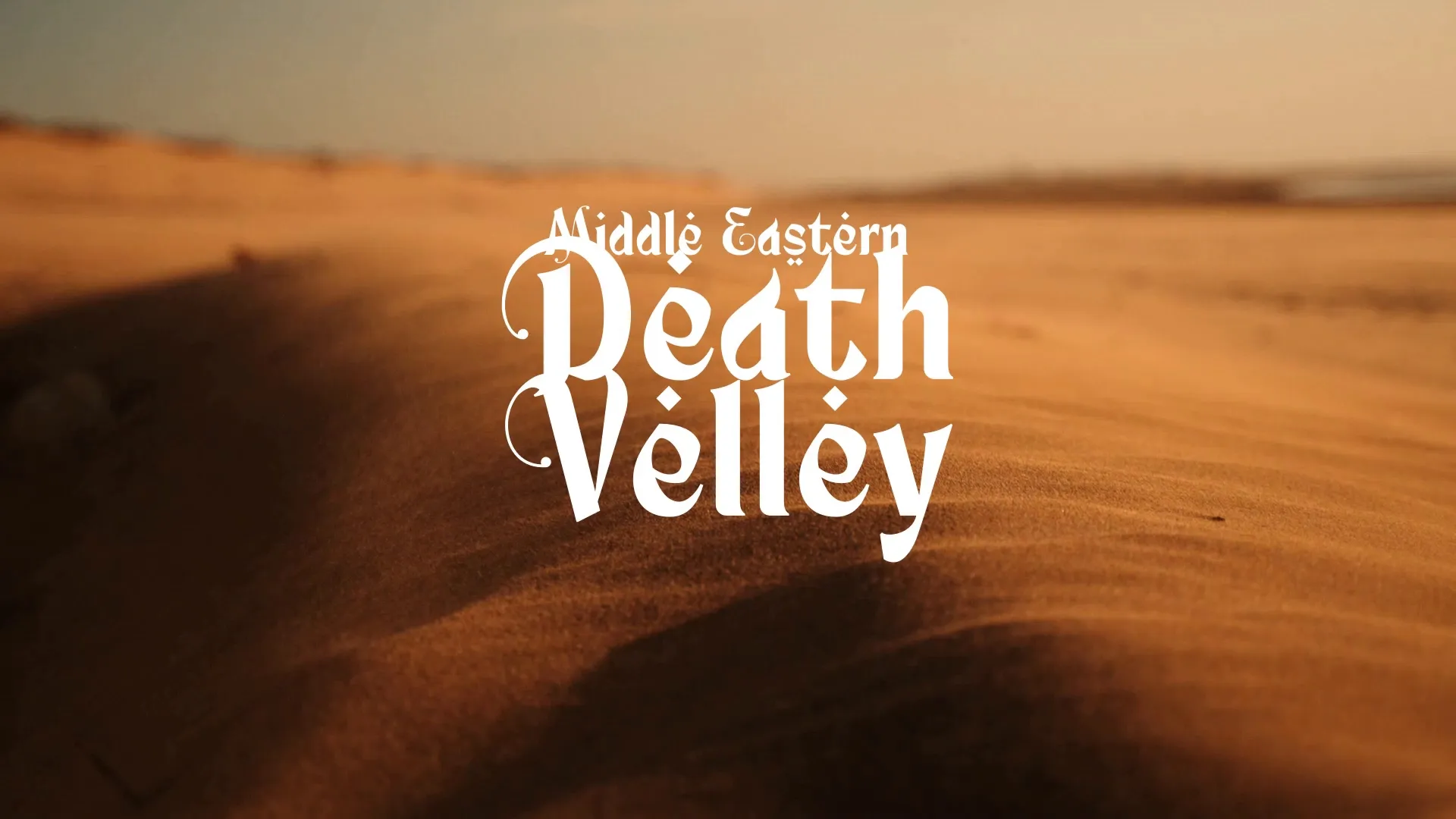
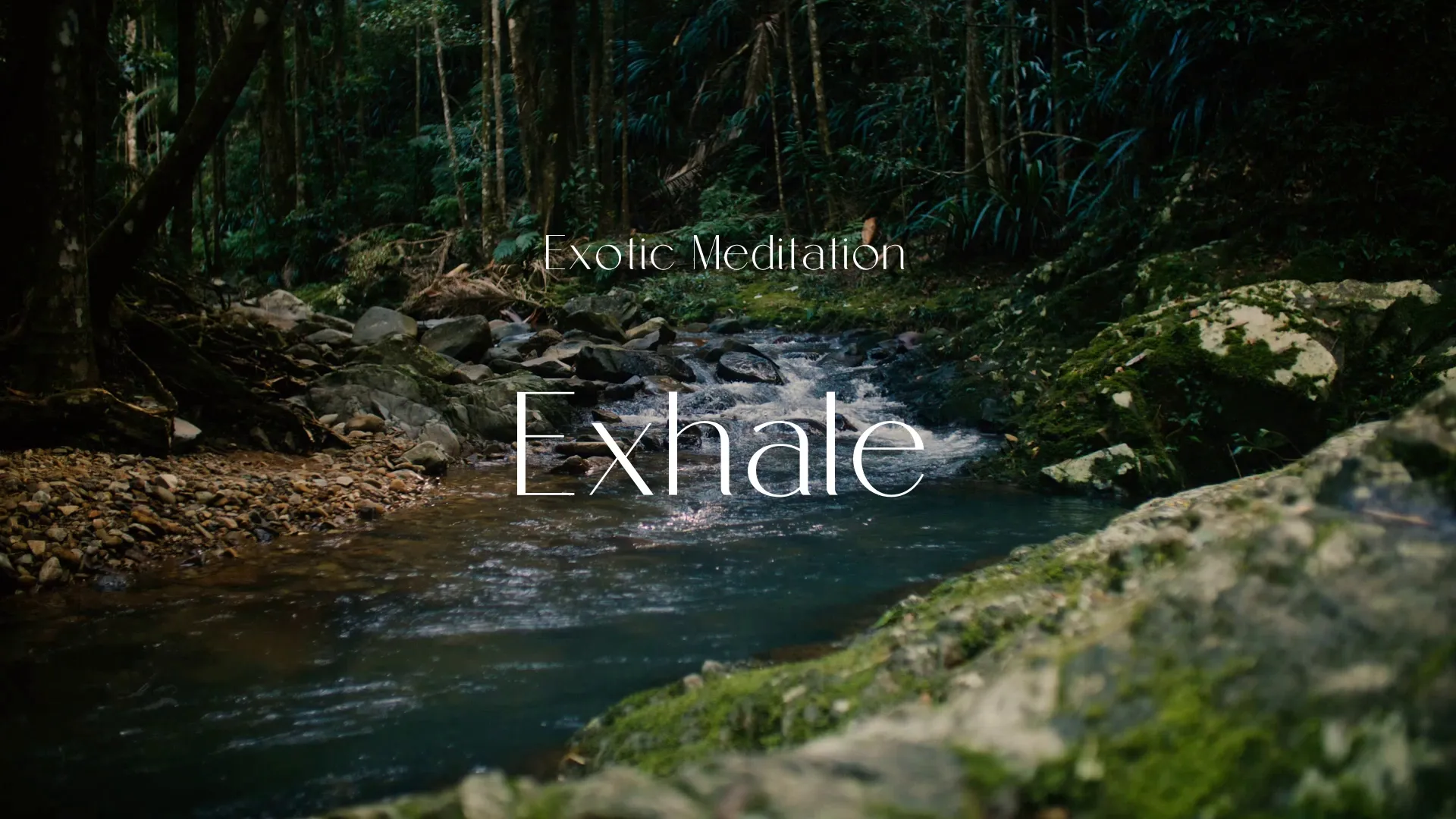

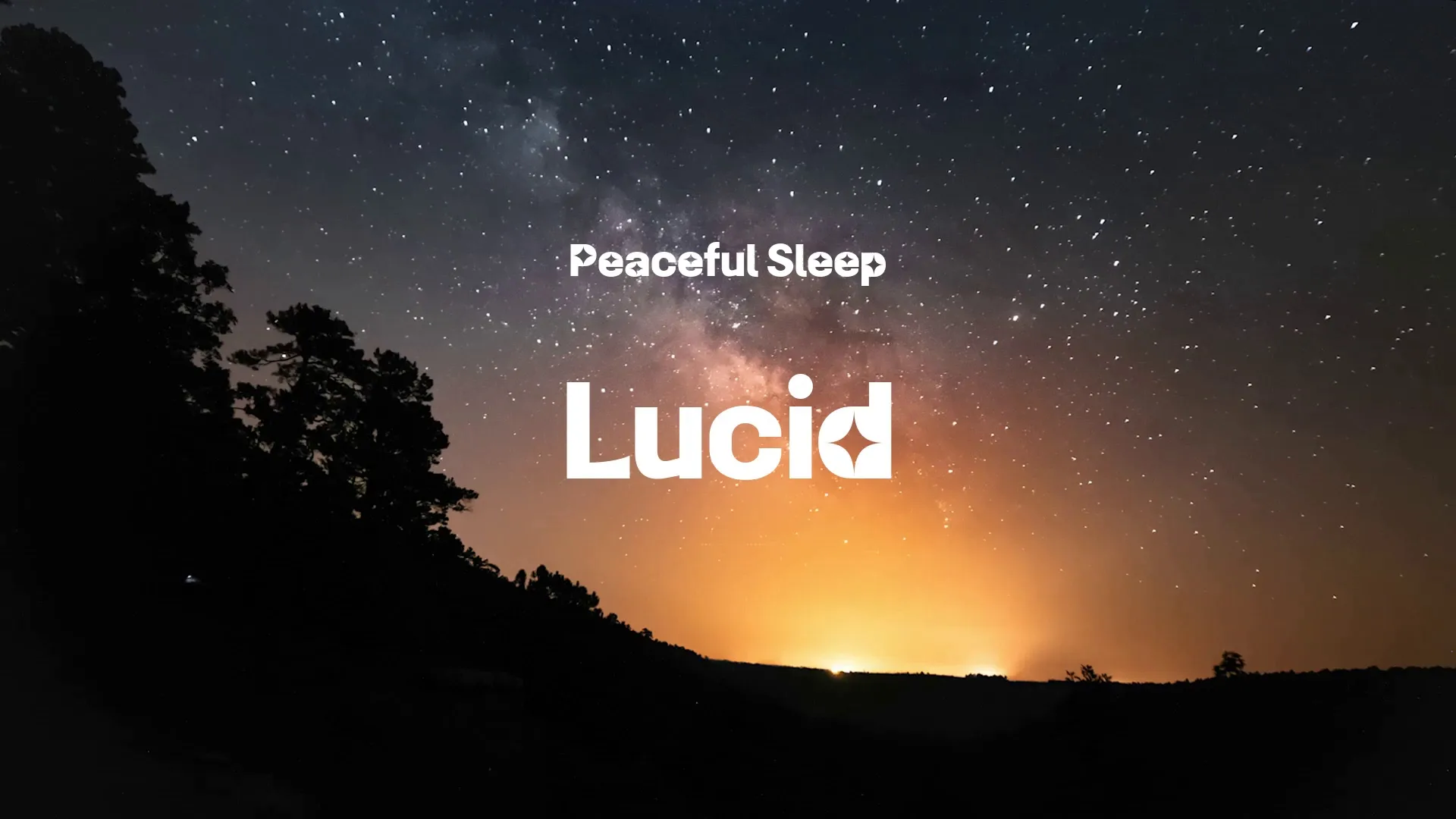
.webp)
